
Editor's Note: This story originally appeared on SmartAsset.com.
The $1 trillion bipartisan infrastructure bill was approved by the Senate on Aug. 10 and will start making its way through the House for another vote.
Legislation needs to get approved in both chambers of Congress before President Joe Biden can sign it into law. Let’s break down what’s inside the bill and what it could mean for you.
The infrastructure bill calls on Congress to invest $1 trillion in seven major infrastructure areas. Budget and goals are based on the White House fact sheet released on July 28.
Roads and Bridges
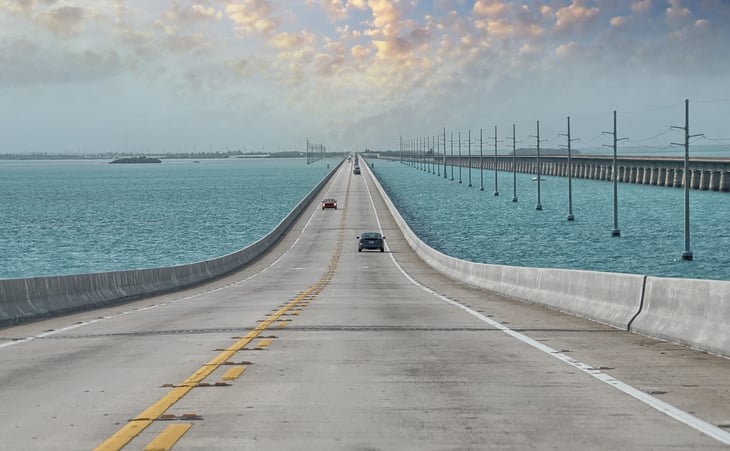
The White House says that 1 in 5 miles across the U.S. (173,000 miles of highways and major roads and 45,000 bridges) are in “poor condition.”
The infrastructure bill proposes investing $110 billion in bridge and road repairs. These projects will focus on mitigating climate change, resilience, equity and safety for drivers, pedestrians and cyclists.
The proposal specifically includes $40 billion for bridge repair, replacement and rehabilitation; and $16 billion from this budget will be invested in other major projects.
Transit and Rail

The infrastructure bill proposes investing $105 billion in public transit and passenger and freight rail systems. The White House says public transit faces a multibillion-dollar repair backlog, with more than 24,000 buses, 5,000 rail cars, 200 stations and thousands of track miles, signals and power systems in need of replacements.
Specifically, the deal will spend $39 billion on new investments to modernize transit, improve accessibility for the elderly and people with disabilities, repair and modernize bus and rail fleets, provide greater station accessibility for all users and extend transit service to new communities.
The bill will also invest a total of $66 billion from this budget in rail to catch up on Amtrak maintenance backlogs ($22 billion), upgrade the Northeast corridor ($24 billion) and bring quality services to communities outside of the Northeast and mid-Atlantic through intercity rail service grants ($12 billion), rail improvement and safety grants ($5 billion) and grade crossing safety improvements ($3 billion).
Upgrade Power Systems
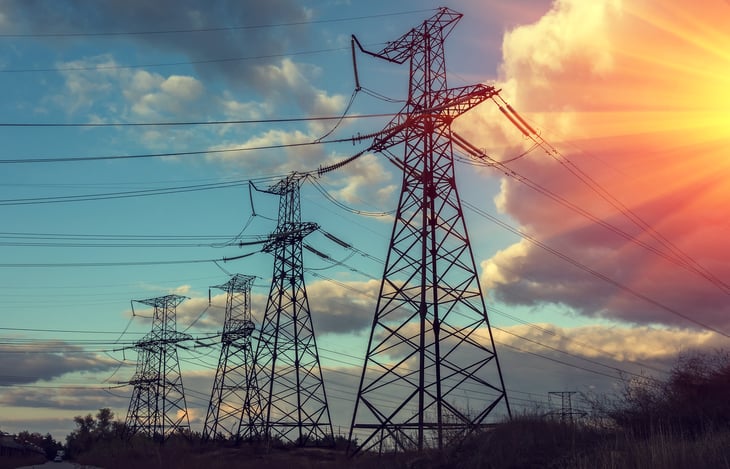
The infrastructure bill proposes investing $73 billion to upgrade power infrastructure and build thousands of miles of new and resilient transmission lines that can facilitate the expansion of renewable energy.
High-Speed Internet

The White House says that 30 million Americans live in areas that do not have adequate broadband infrastructure. And the bill proposes investing $65 billion to ensure that access to high-speed internet is available nationwide.
The bill also aims to close the digital divide by lowering internet service prices. Goals include funding recipients to offer low-cost affordable plans, create price transparency and boost competition, among other initiatives.
Clean Drinking Water

The infrastructure bill invests $55 billion to deliver clean drinking water to 10 million American families and over 400,000 schools and child care facilities in rural towns and cities, including tribal nations and disadvantaged communities.
Funding will also replace lead pipes and service lines, in addition to the dangerous chemical PFAS (per- and polyfluoroalkyl).
Invest in Resilience
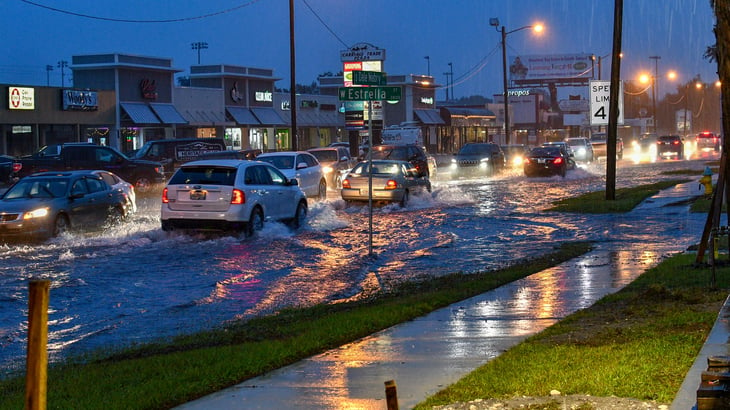
The White House says that the U.S. faced almost $100 billion in climate disaster losses in 2020.
The infrastructure deal proposes investing $50 billion in weatherization projects that aim to protect against droughts and floods, and to prepare infrastructure for other climate changes as well as extreme weather conditions and cyberattacks.
Airports, Ports and Waterways

The bipartisan infrastructure bill proposes investing a total of $42 billion in repairing, maintaining and modernizing the nation’s airports, ports and waterways.
Specifically, legislation will spend $25 billion on airports and $17 billion on ports and waterways to make repairs and catch up on airport maintenance backlogs, reduce congestion and emissions, and upgrade with electric and other low-carbon technologies.
Additional Programs
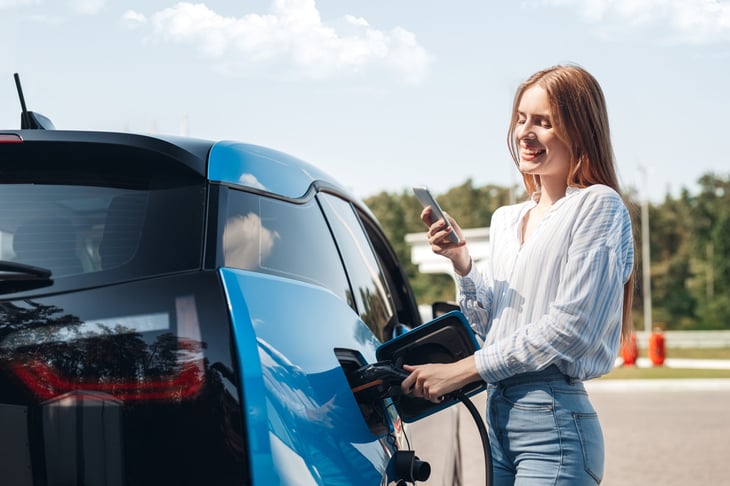
Legislators have also proposed investing an additional $38 billion in environmental remediation ($21 billion), safety ($11 billion), electric vehicle infrastructure ($7.5 billion), electric buses and transit ($7.5 billion) and reconnection communities ($1 billion).
What Was Left Out of the $2.3 American Jobs Plan?

The initial American Jobs Plan called on Congress to invest $2.3 trillion (approximately 1% of the U.S. GDP annually) on clean energy, electric vehicles, high-speed internet and workplace development programs, among other physical and human infrastructure investments.
More than half of that plan targeted transportation, elderly and disabled care, and manufacturing, which added up to $1.321 trillion. It invested specifically $213 billion in housing; $180 billion in tech research and development; $311 billion in water, clean-energy and internet systems; $100 billion in schools and child care centers and $100 billion in workforce training over eight years.
The new infrastructure bill notably excludes $400 billion for elderly and disabled care, which proposed expanding access to long-term care services under Medicaid and creating infrastructure for well-paying caregiving jobs.
The bill also leaves out $100 billion for workplace development, which proposed creating a new Dislocated Workers Program and sector-based training ($40 billion), and targeted workforce development opportunities for underserved communities ($17 billion).
Biden’s initial plan also called for increasing the capacity of existing workforce development and worker protection systems ($48 billion).
How Will Congress Pay for the Infrastructure Bill?
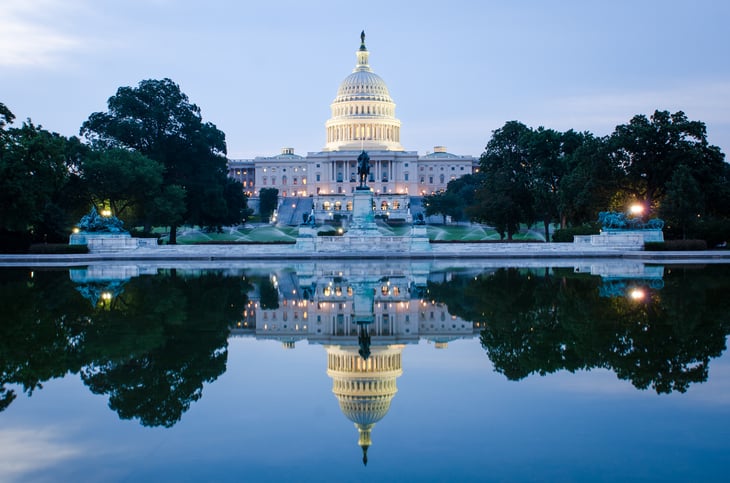
The Congressional Budget Office said on Aug. 1 that the infrastructure bill will add $256 billion to the national deficit from 2021 to 2031. The report also estimates that the infrastructure bill will “decrease direct spending by $110 billion, increase revenues by $50 billion and increase discretionary spending by $415 billion.”
In order to pay for the infrastructure bill, Democratic legislators initially proposed raising taxes. These included rolling back President Donald Trump’s 2017 corporate tax reduction (which lowered the rate from 35% to the current 21%) and increasing it to 28%.
The White House also wanted to raise the global minimum tax on U.S. corporations from 10.5% to 21%, and apply a 15% minimum tax on book income (this is the income used to report profits for investors) for large corporations.
In addition to corporate tax hikes, Biden supports raising the top individual income rate from 37% to 39.6% for income above $400,000 and double the capital gains tax from 20% to 39.6% for investment gains over $1 million.
The White House fact sheet from July 28 says that infrastructure legislation will be financed through “revenue generated from higher economic growth as a result of the investments” and a combination of bipartisan measures that include:
- Redirecting unspent emergency relief funds
- Targeted corporate user fees
- Strengthening tax enforcement (with a focus on cryptocurrencies)





Add a Comment
Our Policy: We welcome relevant and respectful comments in order to foster healthy and informative discussions. All other comments may be removed. Comments with links are automatically held for moderation.